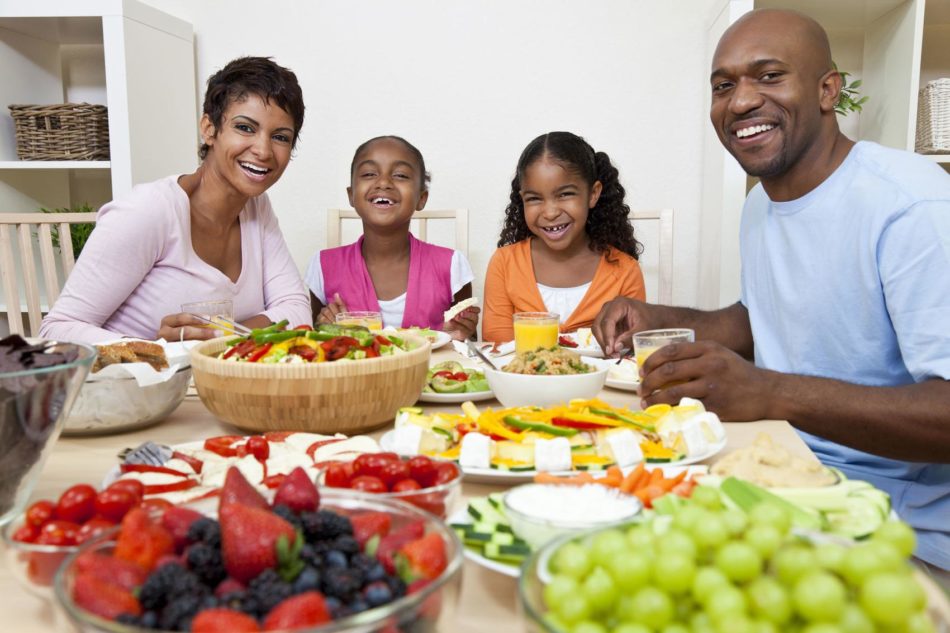During a pandemic, you may be taking extra precautions to keep you and your family safe and prepared, including making sure you have everything you need at home. This guide contains information on food planning, including what to buy, how much to buy, and preparation tips.
Check what you have at home first
Take a look at the foods you already have in your refrigerator, freezer, and pantry; make sure to look at expiration dates and best by dates. This can help you plan meals around what you already have, and will help you limit the number of trips to the grocery store and avoid spending money on items you don’t need.
Make a shopping list
Shopping may feel more stressful at this time. Make a list ahead of time to stay focused, get the items you need, and keep your shopping trip short. Since stores may not have some specific items, create a list with general items like “fruit” or “bread.”
Explore your shopping options
Many grocery stores offer in-store pickup, curbside pickup, or delivery. Third party options also exist for grocery store delivery. You may find these services helpful during times of social distancing. If you are older, check if your store delivers or has early shopping hours for older Americans only.
How much should I buy?
Buy what you and your family need at this time, and resist the urge to buy in much larger quantities. Prepare a shopping list that will cover you and everyone in your household for 2 weeks.
Include fresh, frozen, and non-perishable items
Plan for a mix of fresh, frozen, and shelf-stable foods. Eat your fresh food first. Stock your freezer and pantry with items you can eat in the second week and beyond.
What foods should I buy?
Choose a mix of shelf-stable, frozen and fresh foods. Examples of shelf-stable foods include pastas, rice, legumes, nut butters, and dried and canned goods. Frozen options to think about might be breads, meats, vegetables, fruits, and even milk. With fresh foods, buy a variety in quantities that you would normally buy. Remember to include the special needs of all family members, including pets, infants, or those with dietary restrictions.
What should I make?
While everyone is home together, you may feel inclined to try a new recipe or experiment with new flavors to keep things interesting. For others, sticking to simple items or familiar foods and tastes provides comfort. Plan what works for you and your family.
Access to food while school is closed
Many school districts across the country are continuing to provide meals to students in need during school closures. Check for local programs in your area, such as Meals to You. Contact your local school to learn about meals that may be available through pop-up food systems, grab-and-go meal pickups, or school bus routes.
Additional Food Planning Resources:
- Tips for Every Aisle
Use these tips to fill your cart with budget-friendly and healthy options from each food group. - Sample 2-Week Menus
These sample 2-week menus can be used by any person or family wanting to follow a healthy diet at a modest price. - MyPlate Plan
To learn about your food group targets, use the personalized MyPlate Plan tool.
Activities for Families at Home:
- MyPlate: Activities To Do with Kids
Activities and printables to get the whole family on board with making healthier choices. - Team Nutrition Cooks!
Cooking based nutrition activities for children ages 8-12 years old. - Team Nutrition Games & Activities
Make your way through all the food groups with these fun games and activities.
Contact information:
- For solutions to feeding children impacted by COVID-19, email feedingkids@usda.gov.
For more information about Coronavirus:
- Coronavirus.gov
- Coronavirus Disease 2019 (COVID-19)
- What the U.S. Government is Doing
Spanish: https://www.usa.gov/espanol/coronavirus - USDA Food and Nutrition Service response
- Ready.gov

